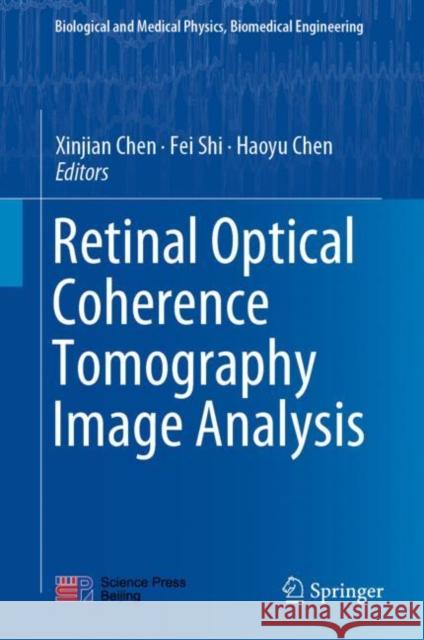Retinal Optical Coherence Tomography Image Analysis » książka
topmenu
Retinal Optical Coherence Tomography Image Analysis
ISBN-13: 9789811318245 / Angielski / Twarda / 2019 / 385 str.
Kategorie BISAC:
Wydawca:
Springer
Seria wydawnicza:
Język:
Angielski
ISBN-13:
9789811318245
Rok wydania:
2019
Wydanie:
2019
Ilość stron:
385
Waga:
0.73 kg
Wymiary:
23.39 x 15.6 x 2.24
Oprawa:
Twarda
Wolumenów:
01
Dodatkowe informacje:
Wydanie ilustrowane











